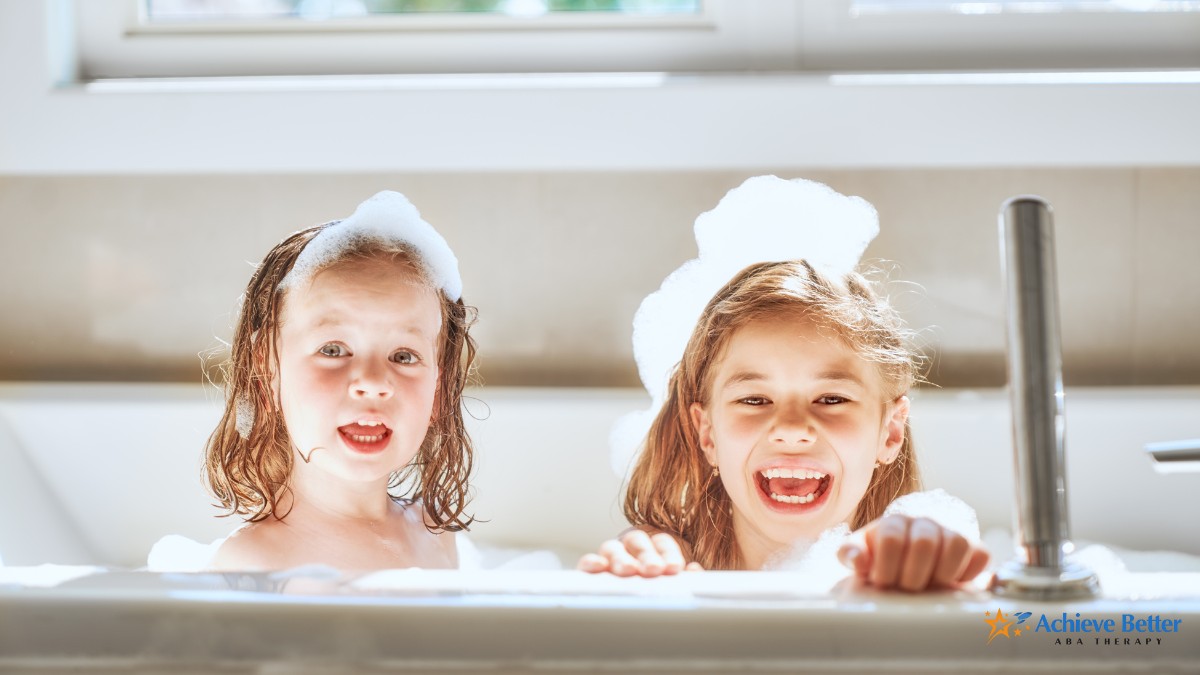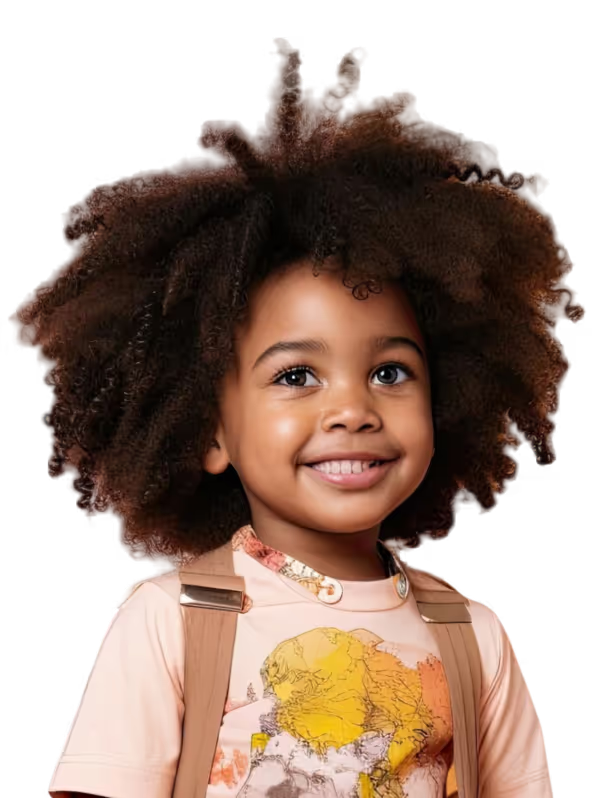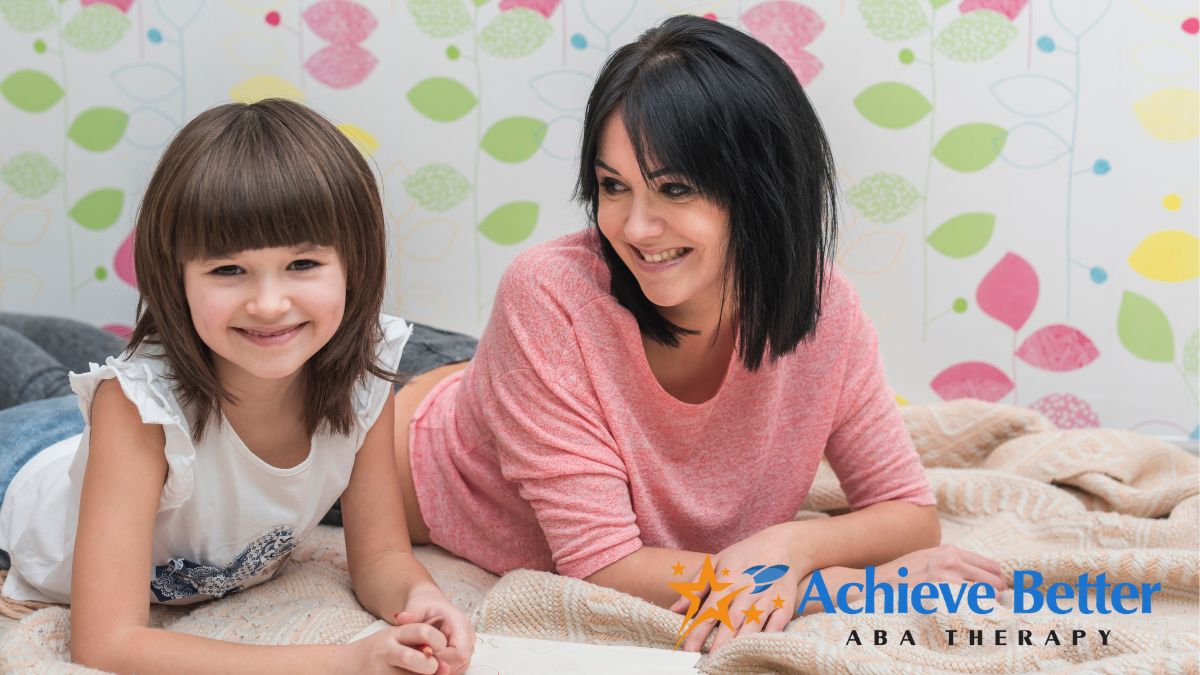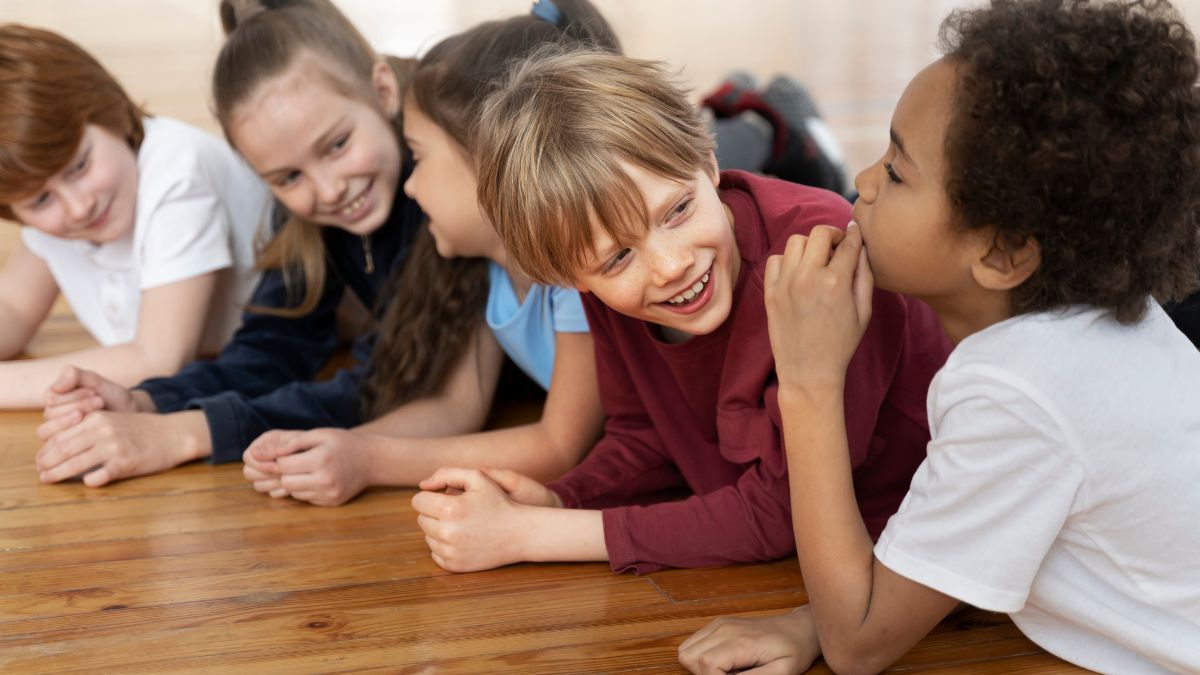Comprehensive Autism Hygiene Checklist for Daily Care

Key Points:
- A structured autism hygiene checklist can help reduce stress and build independence in daily self-care routines.
- Breaking hygiene into manageable steps with sensory-friendly adaptations can make it more accessible.
- Parents can foster lifelong healthy habits with patience, consistency, and tailored support.
There’s something deeply human about caring for oneself, and for children with autism, hygiene can be one of the most personal, yet often challenging, parts of the day. For many parents, daily routines like brushing teeth, taking a bath, or combing hair aren’t as simple as they seem. These tasks may come with resistance, meltdowns, or anxiety—sometimes all three. That’s where a thoughtfully created autism hygiene checklist becomes more than just a set of reminders.
When routines are broken down into digestible pieces and tailored to meet sensory and cognitive needs, children with autism often find more comfort and clarity in what’s expected. This article offers a warm, realistic look at how to create and use a daily hygiene checklist, with strategies that work for a wide range of needs.
Can Children with Autism Follow a Hygiene Routine Successfully?
Yes, with the right supports and strategies, children with autism can absolutely learn and follow daily hygiene routines. The key lies in making those routines predictable, sensory-conscious, and visually clear. That’s what an autism hygiene checklist is designed to do.
Rather than relying on verbal cues or memory, these checklists act as visual or tactile guides that break down each task into actionable, achievable steps. With repetition and positive reinforcement, children often come to depend on the checklist as a self-regulation tool, reducing the need for constant reminders or corrections.

Why Hygiene Can Be Challenging for Kids with Autism
Daily hygiene involves a lot of sensory input—wet hands, strong smells, buzzing toothbrushes, and more. For a child with heightened sensitivities, these sensations can feel overwhelming or even painful. Add to that the abstract nature of time, sequence, and routine changes, and what seems like a simple task can become a mountain to climb.
Common challenges include:
- Aversion to textures (soap, shampoo, toothbrush bristles)
- Resistance to changes in routine
- Difficulty understanding the steps involved
- Fear of water or loud bathroom sounds
- Trouble with motor skills needed for tasks like brushing or wiping
Understanding these challenges helps to build a better autism hygiene checklist—one that not only structures the routine but also gently accommodates the child’s unique needs.
What Should an Autism Hygiene Checklist Include?
An effective autism hygiene checklist includes all the essential daily hygiene tasks but presented in a way that’s clear, manageable, and sensory-aware. The format should match the child’s developmental and communication level, whether that means using visuals, written words, or even physical prompts.
Daily hygiene tasks to consider include:
- Morning Routine:
- Use the toilet
- Wash hands
- Brush teeth
- Comb or brush hair
- Wash face
- Apply deodorant (for older children)
- Dress in clean clothes
- After-Meals Routine:
- Wipe mouth
- Rinse or brush teeth (if needed)
- Wash hands
- Bathing/Showering Routine (typically evening):
- Undress and place clothes in laundry
- Get water to comfortable temperature
- Wet body and hair
- Apply soap and shampoo
- Rinse thoroughly
- Dry body with towel
- Brush hair and moisturize skin (if needed)
- Put on clean pajamas
- Toileting Routine:
- Flush toilet
- Wipe properly
- Wash hands thoroughly
These items should be arranged in the order they’re performed, with checkboxes, pictures, or tactile symbols for children who benefit from non-verbal cues.
Making the Checklist Work: Supportive Strategies
Even the best checklist needs to be paired with thoughtful strategies that help it stick. Here’s how parents can support consistent hygiene habits using an autism hygiene checklist:
1. Use Visual Supports
Many children with autism are visual learners. Picture schedules or laminated cards with step-by-step illustrations can make abstract tasks more tangible. Velcro strips allow for items to be moved from “to do” to “done,” giving a clear sense of progress.
2. Keep It Consistent
Consistency builds trust and reduces anxiety. Use the same format and layout for the checklist daily, and follow the same order of tasks whenever possible.
3. Involve the Child in Creation
Let the child help decorate or choose the icons for the checklist. This builds ownership and helps personalize the tool, increasing the chances of consistent use.
4. Adapt to Sensory Needs
If your child dislikes the feeling of certain soaps or toothbrushes, explore alternatives. Unscented products, silicone brushes, or waterless shampoo might make hygiene tasks more tolerable.
5. Practice Through Play
Role-playing with dolls, using social stories, or modeling hygiene routines during playtime can make real-life tasks feel more approachable.
6. Offer Positive Reinforcement
Celebrate successes, no matter how small. Whether it’s a sticker, a favorite activity, or simple praise, using positive reinforcement encourages continued participation.
Special Considerations for Different Ages
As children grow, so do their hygiene needs. The autism hygiene checklist should evolve accordingly.
Early Childhood (Ages 2–6)
Focus on basic self-care skills. Use large visuals, short phrases, and physical prompts if needed. Keep routines short and simple.
Middle Childhood (Ages 7–12)
Begin building independence. Encourage the use of the checklist on their own, with supervision. Introduce deodorant, nail care, and more structured bathing routines.
Adolescents and Teens (Ages 13+)
Hygiene becomes more nuanced. Emphasize personal grooming, menstrual hygiene (for those who menstruate), acne care, and body odor management. Maintain privacy and dignity while ensuring routines are followed consistently.
Common Pitfalls and How to Avoid Them
Sometimes checklists don’t work right away—and that’s okay. The goal is progress, not perfection. If you’re hitting roadblocks, consider the following:
- Too many steps at once: Start small. If brushing teeth is overwhelming, start with just putting toothpaste on the brush.
- Checklist not engaging: Personalize it. Add favorite characters or themes.
- Tasks are not meaningful: Teach why hygiene matters through books or visual stories.
- Overwhelm or meltdowns: Observe whether sensory overload is triggering these responses and adjust the environment accordingly.
.jpg)
Why It’s Worth the Effort
At its core, hygiene is about self-respect, confidence, and independence. A well-crafted autism hygiene checklist helps children build these qualities in a way that respects their pace and preferences. It supports not just cleanliness, but dignity—especially as they grow and begin to navigate more of the world on their own.
Consistency may take time. Some days will feel like backtracking. But over time, routines settle in, anxieties ease, and self-care begins to look a lot more like self-love.
Let Achieve Better Help You Build Daily Living Skills
If you're looking for extra guidance in helping your child develop everyday life skills like hygiene, Achieve Better offers expert ABA therapy in North Carolina that’s focused, compassionate, and effective. ABA (Applied Behavior Analysis) therapy is proven to help children with autism build the structure, routines, and adaptive behaviors they need to thrive.
Through evidence-based practices and personalized programs, Achieve Better supports children in mastering skills such as using checklists, completing hygiene routines, and handling sensory sensitivities. Their team understands how challenging these milestones can be—and how rewarding it is when children gain confidence and independence.
If you're ready to make daily routines smoother and empower your child in meaningful ways, reach out to us today. It’s never too soon—or too late—to build the skills that lead to lifelong confidence.
Similar articles
Contact us today to learn more.

.jpg)
.jpg)


.jpg)






